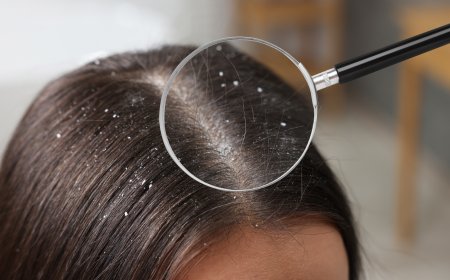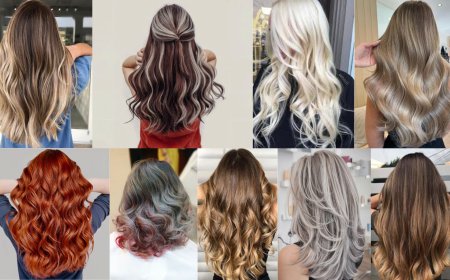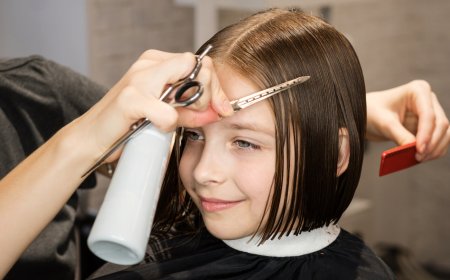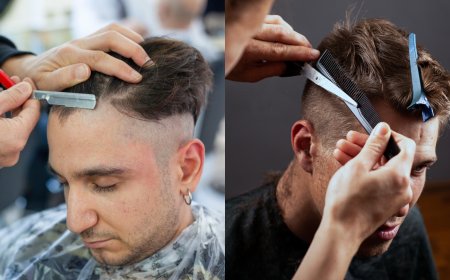Fading vs. Tapering – Understanding the Art of Men’s Haircuts
Discover the key differences between fades and tapers, their styles, and which suits you best. Get expert haircut tips for a sharp, stylish look!
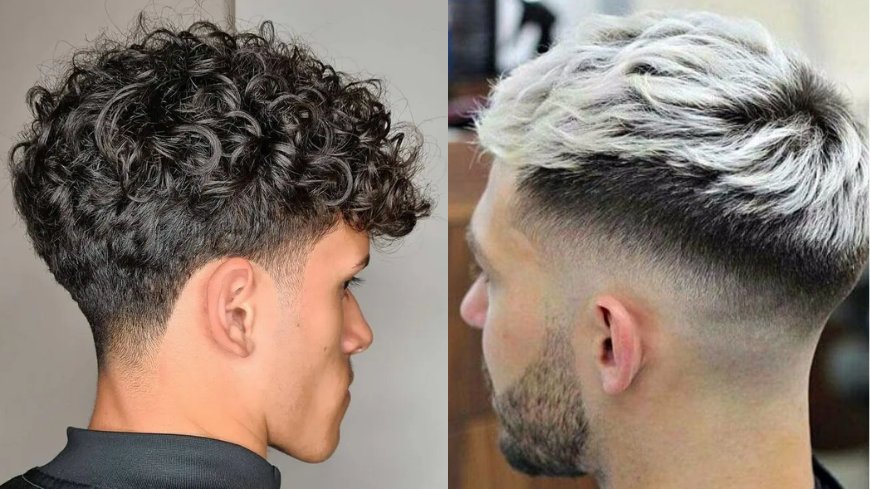
When it comes to men’s haircuts, two terms frequently come up—fading and tapering. While they may seem similar at first glance, they have distinct differences that set them apart. Whether you are a barber, a hairstylist, or someone looking to upgrade their hairstyle, understanding the nuances of these techniques is essential. In this article, we will break down what fading and tapering are, their key differences, and which style suits you best.
What is a Fade?
A fade is a haircut where the hair gradually shortens from the top down to the sides and back, often blending into the skin. This technique creates a seamless transition and can give a clean, modern, and stylish look.
Types of Fades
Fades come in various styles, each offering a unique appearance:
-
Low Fade – The fade starts just above the ears and gradually blends into the skin lower on the head.
-
Mid Fade – The transition begins around the temples, offering a balanced look between subtle and dramatic.
-
High Fade – The fade starts higher on the head, giving a bold and edgy appearance.
-
Skin (Bald) Fade – The hair is completely shaved at the lowest point, creating a sharp contrast with the longer hair above.
-
Drop Fade – The fade curves downward behind the ears, following the head’s natural shape.
What is a Taper?
A taper is a more gradual and subtle decrease in hair length, typically focused around the neckline and sideburns rather than the entire head. Unlike a fade, a taper leaves more length and doesn’t blend into the skin.
Types of Tapers
Tapers are classified into different styles based on their intensity:
-
Classic Taper – A subtle reduction in length around the edges while maintaining a neat and professional look.
-
Low Taper – The hair is tapered just slightly above the neckline and sideburns, offering a refined and natural look.
-
High Taper – The taper starts slightly higher on the head but still maintains a gradual transition without a drastic fade.
-
Temple Taper – Focuses only on the temples, creating a sharp yet understated contrast between the top and the sides.
Key Differences Between a Fade and a Taper
While both techniques involve gradually shortening the hair, the primary differences include:
-
Length and Transition – A fade blends into the skin, while a taper retains more length.
-
Coverage Area – A fade extends higher up the head, whereas a taper focuses on the sideburns and neckline.
-
Boldness – Fades create a sharper, more noticeable contrast, whereas tapers are subtle and classic.
-
Maintenance – Fades require more frequent upkeep to maintain their sharp appearance, while tapers are easier to maintain.
Which Style Suits You Best?
Choosing between a fade and a taper depends on your personal style, profession, and hair type:
-
If you want a modern and trendy look, opt for a fade, especially a high or skin fade.
-
If you prefer a classic and professional style, a taper is a great choice.
-
If you have curly or thick hair, a fade can enhance texture and definition.
-
If you need a low-maintenance haircut, a taper is easier to grow out and manage.
Conclusion
Both fades and tapers are excellent choices, offering versatility and style. Whether you want a sharp, edgy look or a subtle, polished finish, understanding the differences can help you make the right choice. Consult with your barber to find the best option for your face shape, hair type, and lifestyle.
Next time you visit your barber, you’ll know exactly what to ask for to get the perfect haircut!
What's Your Reaction?






















